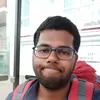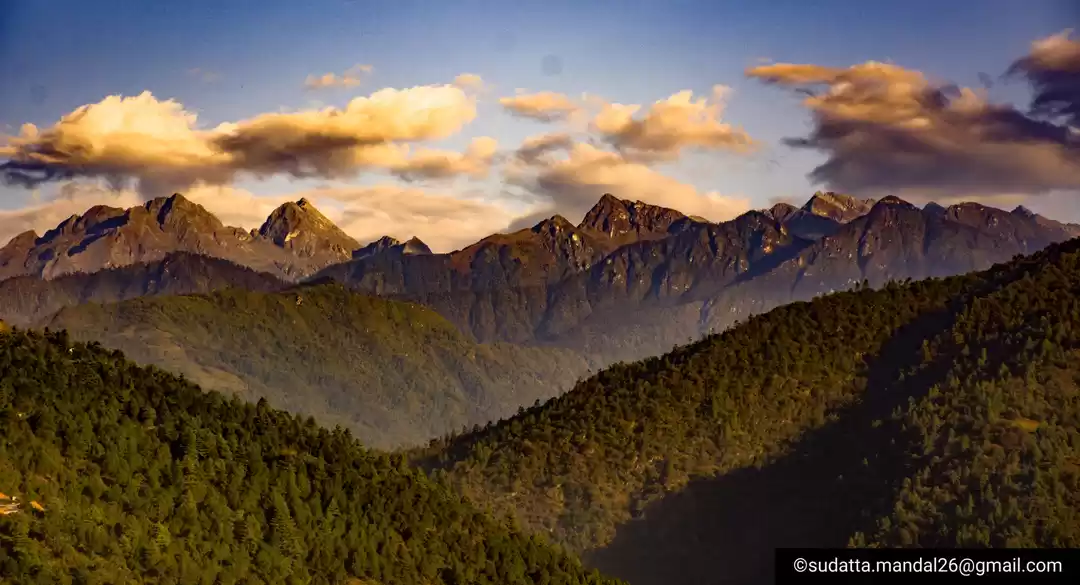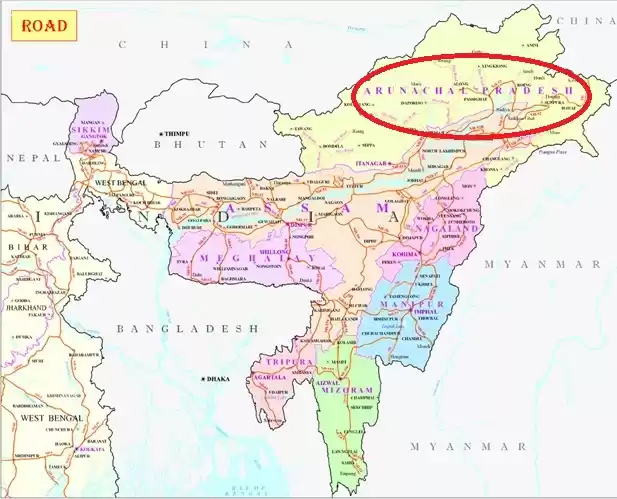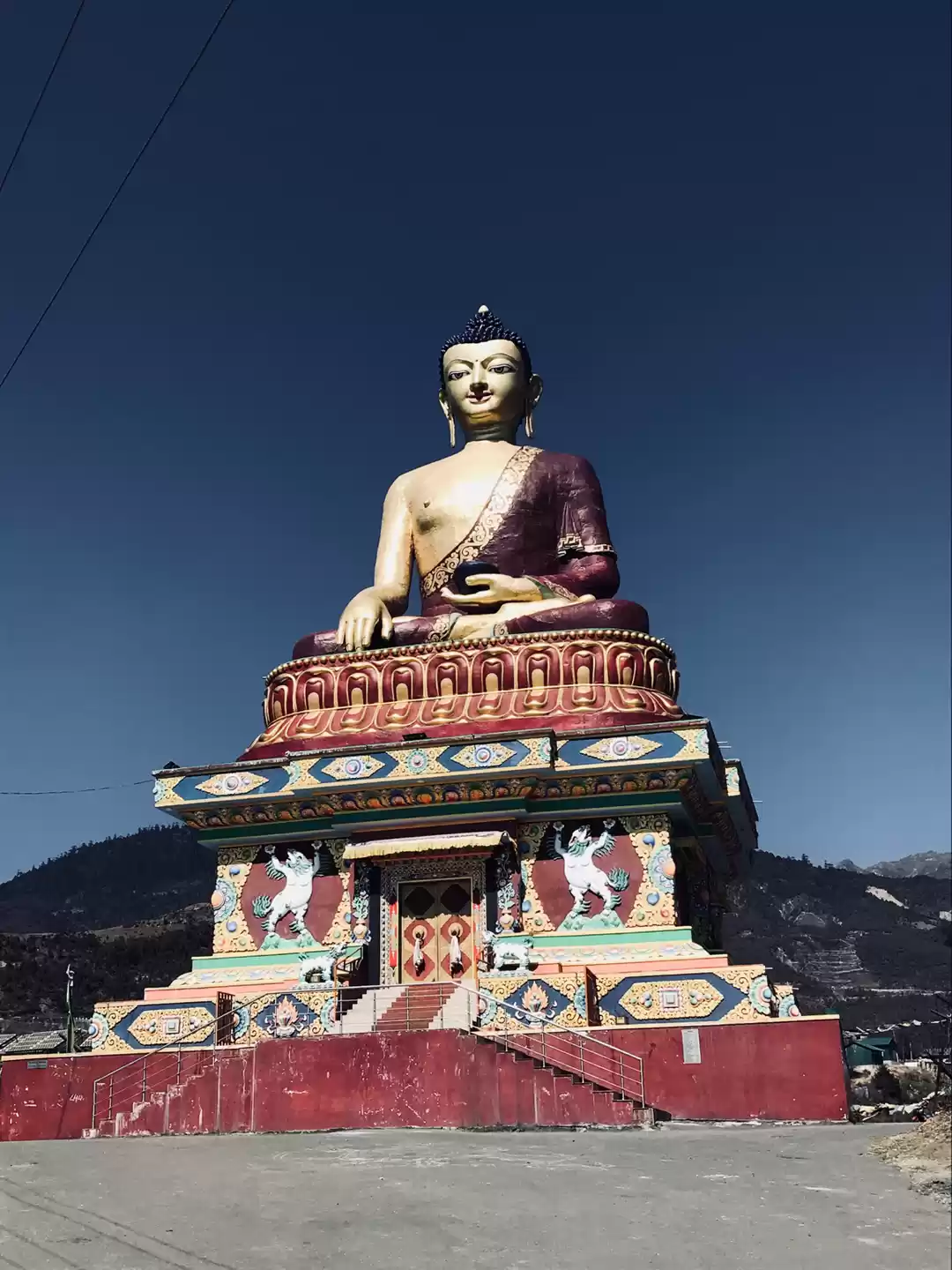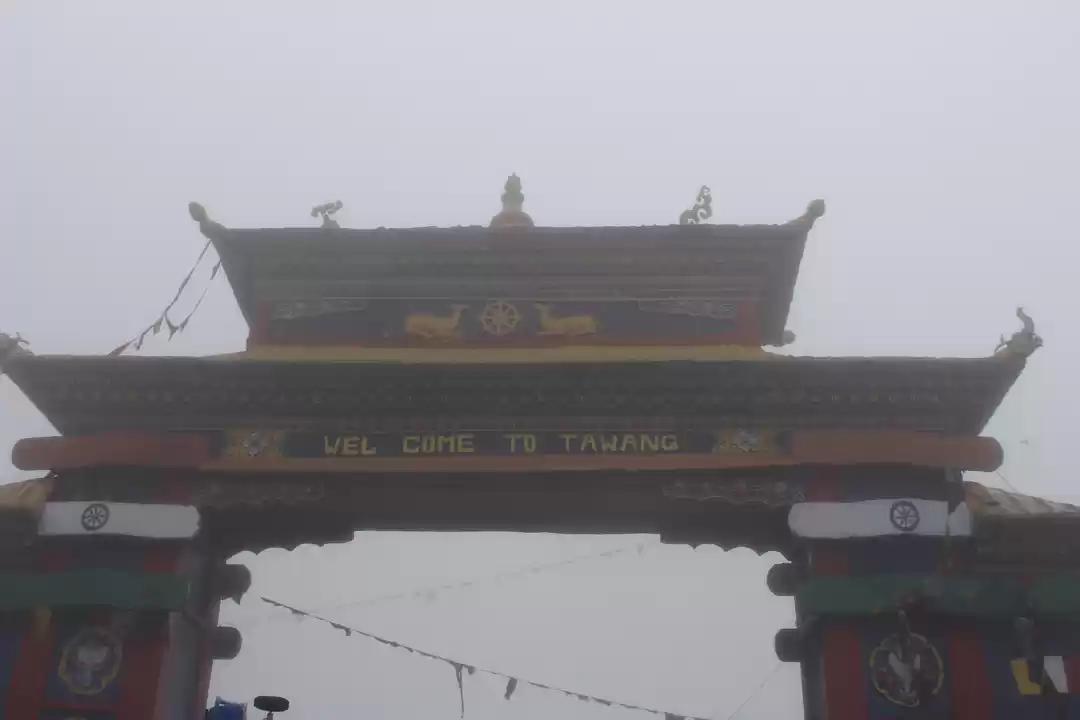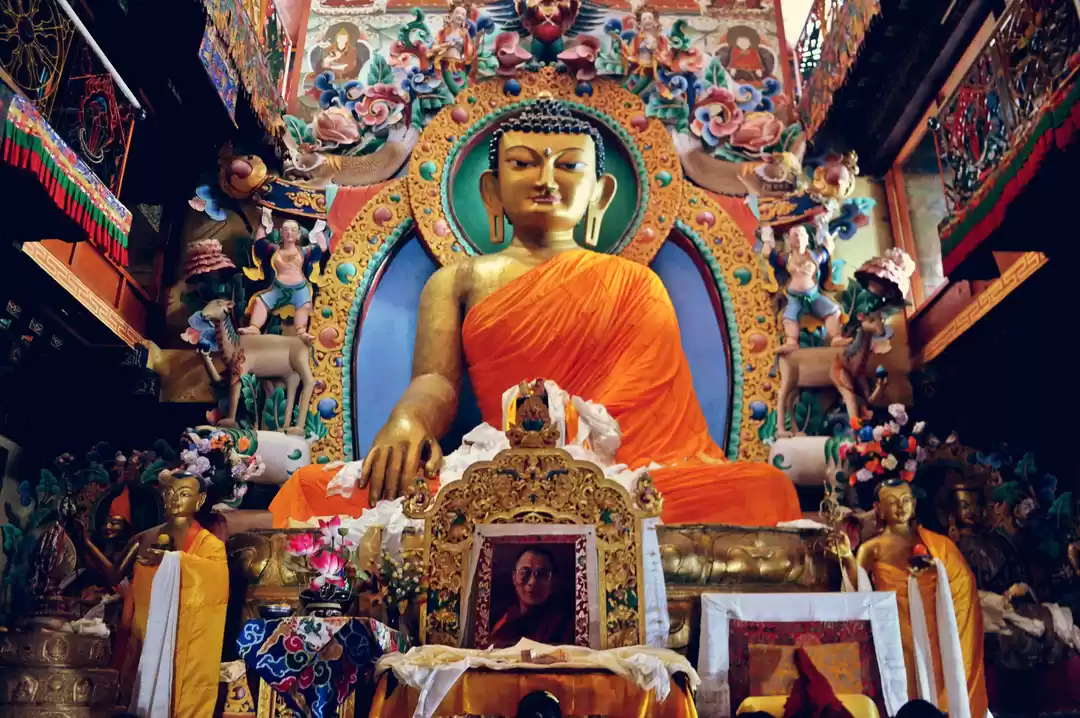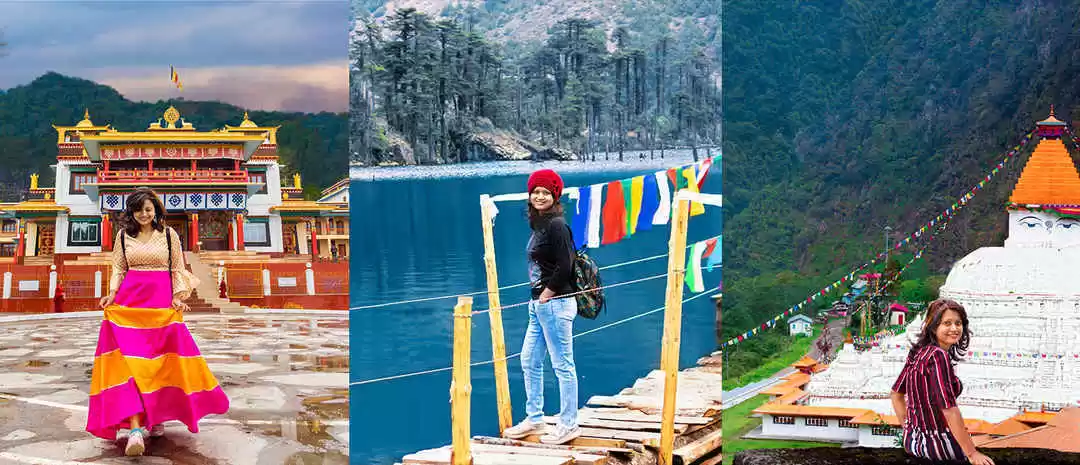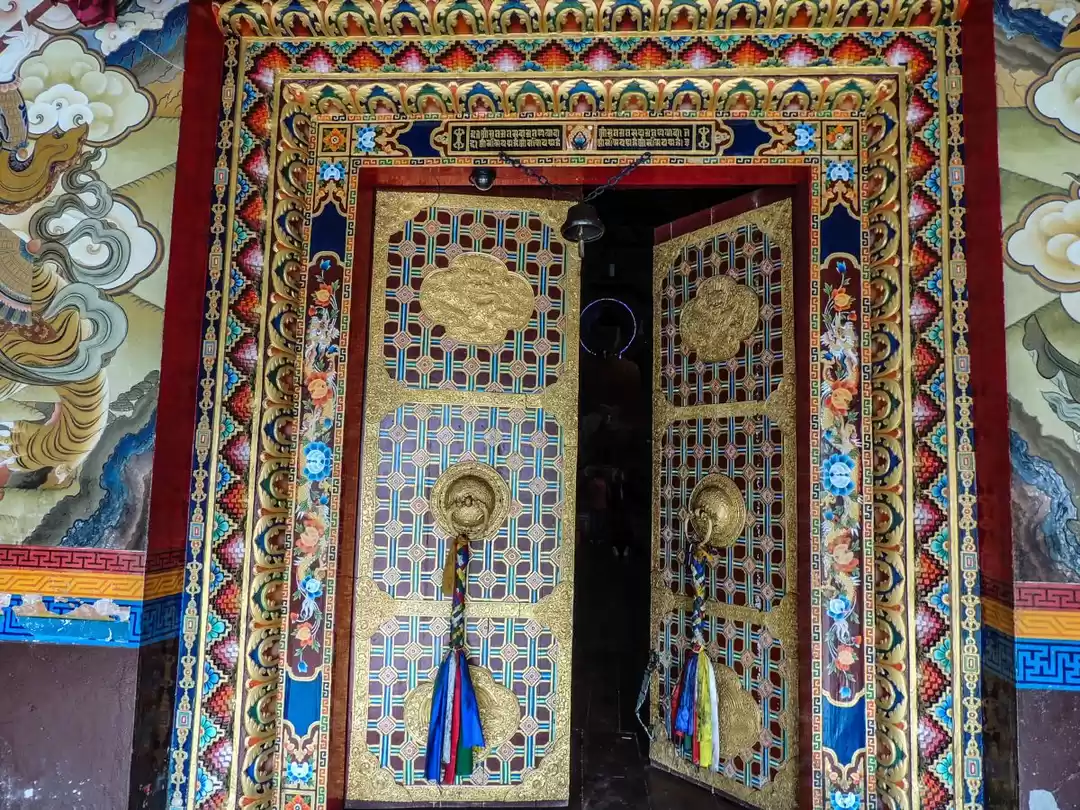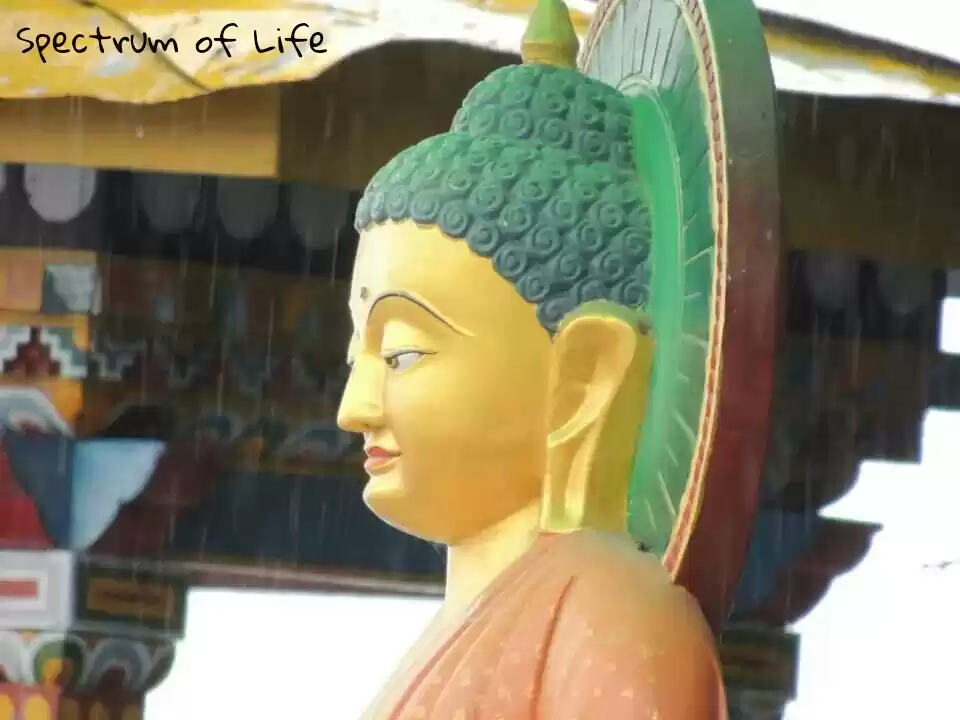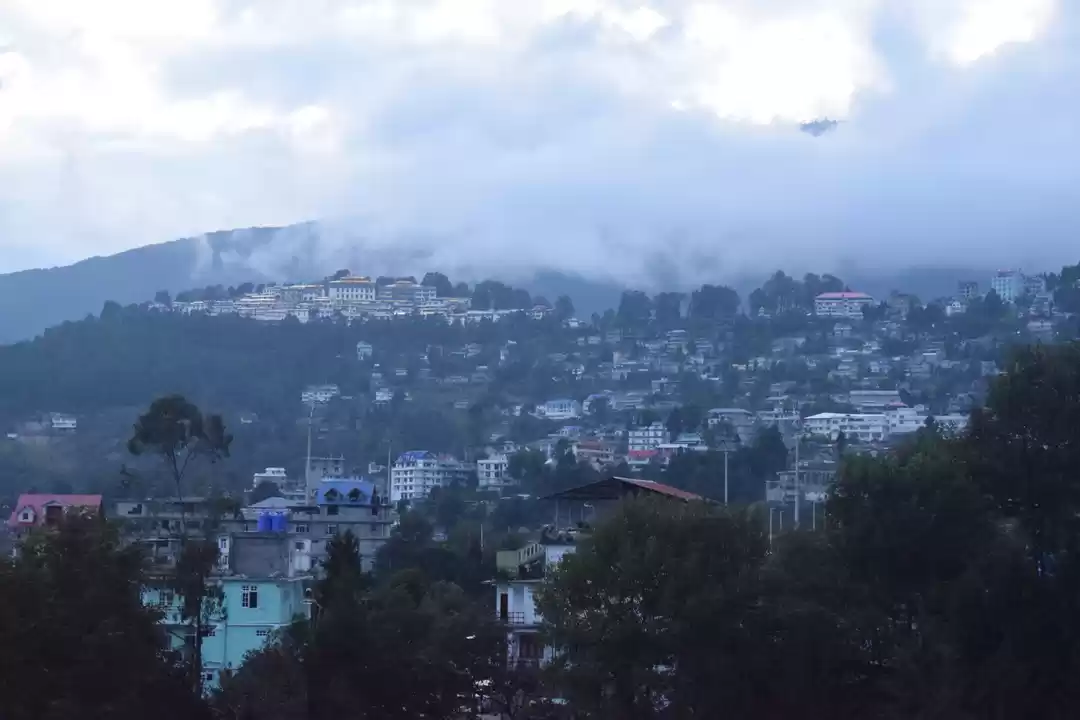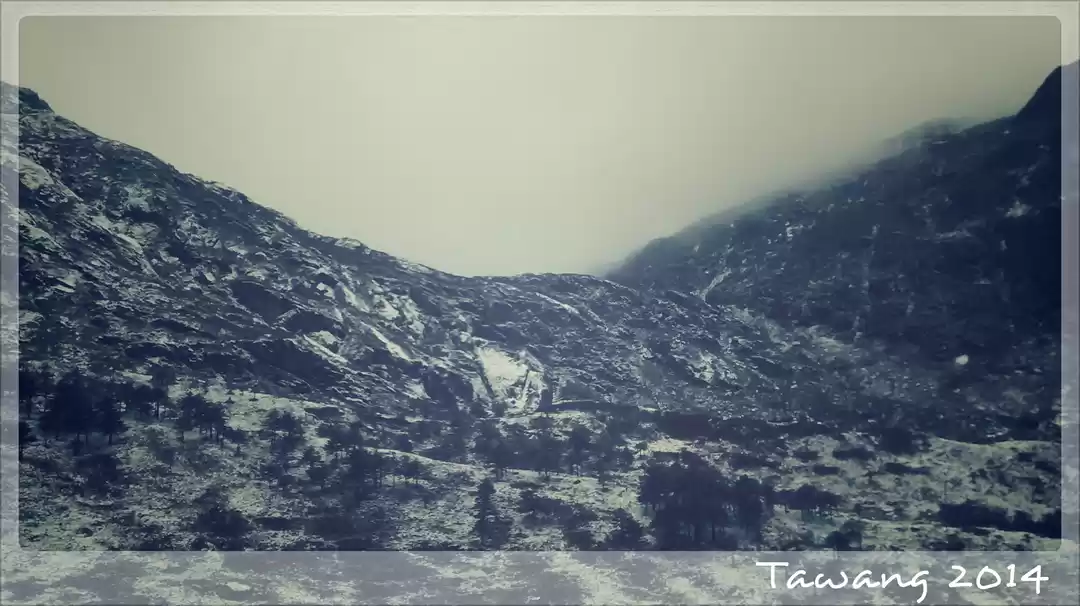
I need an Inner Line Permit, a document that would authorize me to visit Tawang in Arunachal Pradesh. There was a certain irony burlesque in all that. As part of the game, the official who processed the permits pointed to me stammering over the phone. I met him and shortly after I gave him the required documentation.
What that official did not know is that his promise, when the permit is ready, I will let you know was the best gift he could give me. Three weeks later, the paper was processed and signed. I hitchhiked to get from Meghalaya to the border of Arunachal. It was hard for me to sleep, not because of the hard bench on which I slept in a bus station, but because the next day I would fulfill a dream.
21 hours. You have to go to understand what 21 hours mean sitting on a public bus to travel the cold distance of 350 km! Why does it take so long to travel so short? Well, because I have gone into the heart of the Himalayas. This bus takes me from Tezpur, a city in Assam to Tawang, a small town that borders Tibet and Bhutan.
Arunachal Pradesh is as little known in India as it is rarely visited by its inhabitants. Its name literally means land through which the sun rises, and is that its location, in the northeast part of the country, makes it the first to see sunrise. Humble in extension, its mountains condense a rich cultural plurality.
The various ethnic groups that populate the place gives it a unique personality. In some areas it is common to see the natives complement their clothes with animal parts. They carry machetes and firearms or practice rituals of almost extinct religions. Medicine is sometimes practiced by healers who learn by inheritance the natural remedies to treat each case. The vast majority of its inhabitants are indifferent to neighboring China, because they do not identify with them.
I cannot explain the joy I had the day they sent us by e-mail the permits to enter Arunachal Pradesh. The chaotic Guwahati had kidnapped us for a day for that blessed role that already seemed something heavenly and unattainable.

Day 1 - Bomdila
The bus leaves at 5 in the morning. I would go to the Tawang Valley and the monastery of the same name. We drive past the barracks of the Assam Rifles with a lot of military here, as in 1962 the Chinese invaded and came to Tezpur. We see the snow-capped mountains of the eastern Himalayas in the distance, including the dome-shaped Gorichen at 6770 m, which lies completely on Indian territory and therefore may be climbed. Many other, higher mountains are partly on Chinese territory and thus in the exclusion zone.
And it is not a simple journey. At the border checkpost in Bhalukpong, the security took me out of the vehicle to interrogate me. A lot of military is around here but it's moving fast! Why do you go by public transport and without a guide? They rebuked me. With firmness and permission in hand I replied. After several tense questions, came the smiles, tea cups and handshakes accompanying the desire to enjoy their region.
After the sultry Brahmaputra valley, once past the border of Arunachal Pradesh, the Himalayas begin. The other side is called Lapang Pather. We cross forests that gradually become tropical jungle. After some time driving over and in the clouds we arrived in Seppa to have a break for a cup of tea. The landscape is getting more and more beautiful. We follow the Kameng River into the mountains to see road construction, and women breaking rocks.
We arrive at Tenga, a tiny village among the mountainous jungle complemented by a military base that must be quadruple in size. Without many intentions to see the surroundings, we chauffeured over the next pass, with even more bumpy roads and construction site sludge. Then an intense fog prevented us to see the landscape. In Bomdila we stop after 6 shaken hours.
Much had changed. the landscape had become drier, wooded with coniferous trees. People clearly looked more Tibetan. Prayer rides flutter in the wind, and instead of Nyishi men with hornbill hats there were men with military hats.
Our goal today is Bomdila. With a few stops on the way it gets dark at 5 when we drive into the hotel already booked before. We insist on a fan heater. In the rooms it is cold and damp. The mattress is pretty hard. It was time for interesting talks with our spontaneous host, his warm wife and countless cups of local chai and some locals. After dinner with hot thukpa and momo I go to bed with sweaters and socks and a big winter jacket on.
Day 2 - Tawang
The first stalls with devotional items, socks, warm blankets, kitchen utensils and sweets are being set up when we arrive at the Bomdila monastery shortly after 8 o'clock. Directly in front of the monastery are around a round stage to sit rugs and built behind several rows of chairs. We place ourselves in the first row. Slowly the families arrive, almost all in wine-red costumes. The orchestra has been playing all the time with long, dull and deep-sounding horns that go through, and bells, gongs, drums.
Now a variety of dances are performed. Two guys dance in masks of demons to summon the spirits, and two modern looking men, a break dancer and a soldier in uniform with mask. The two then mix with the audience. Now everyone stands up. The Rinpoche, is carried to a place of honor. Now, gorgeous mask dancers dressed in brightly colored brocade robes come and perform several dances in honor of the Lhamo or Sri Devi.
A man at the microphone explains everything in Tibetan (the local dialect here), Hindi and English. The best thing is to look at the invigorating people in their holiday dresses and costumes, to see mothers with babies on their backs, their faces, their hairstyles and their jewelry. The guest of honor, the Palden Lama arrives.
Now a two persons dressed as black yak hopped on stage and danced to songs by Michael Jackson. Young men pour salted butter tea out of huge tea kettles. Once again colorful and elegantly dressed dancers gathered on stage. In the meantime, the crowds pour in and the round is filling up. Unfortunately, we have to leave after almost 3 hours. We still have a long drive ahead of us.
After a little rice with spices, we left for the route once again. We visit a kiwi and orange plantation in Dirang, and then we drive to a mountain with a wonderful view of the valley. The road to Tawang is peppered with military camps. Now we drive through military camps right in the middle. After a day of continuous driving, we arrive at the Sela Pass at 4170 meters. A door crowns it, welcoming tourists to the Tawang Valley. Tawang was only 170 km away. It seems that it is close but it took 4 hours more to arrive.
The temperature dropped to zero degrees and there was snow on the sides of the track. I do not know how many degrees below zero was the air that seeped through the windows that did not close at all. The absence of oxygen, after leaving the bus to take the photo that I feel leaves me suffocated in the ice cold wind, snow, and icicles hanging from the rocks.
But the altitude, the purity of the air and the awakening in that place after hours and hours of intense chattering is a pass. I wanted to be in this place in the middle of nowhere! Once passed the Sela pass, Tawang can be seen in the distance.
We stop at the Jaswant Garh memorial and read about its hero Rifleman Jaswant Singh who stopped the Chinese alone for 3 days. By chance today is a big day of remembrance, Jaswant Singh's birthday! We burst into a military ceremony with senior officers.
We enjoyed the view and at some point we were up in the high altitude, but then it went downhill again. In the afternoon the weather changes. We finally reached the village with the night taking over. In the dark I located a dormitory for truck drivers. It is much cheaper than the nearby hotels, where it would not take long to fall asleep under three blankets.

Day 3 - Tawang Monastery
Aided by the drivers' snores, which all night seemed to have rivaled the greater sonority of their guttural growls, it was not hard for me to leave the room at the very first hour. We are rewarded in the morning with white mountains, blue skies, and a view of the monastery. The plants were still frozen and the ground was sliding with dew. The sun's rays barely broke the nearby peaks, but life on the street began early.
On an empty stomach and wanting a good warm chai, we just cross the road where we were invited to breakfast by their caretaker. The merchants prepare their stalls, and old men turn the prayer wheels on the walls as well as those of their own hands. It was the monpa, the native inhabitants of the Tawang Valley. They continue to wear their colorful traditional clothes prepared for the cold topped with a hat with several tips made of yak hair.
Rare was the one who did not hang a rosary from his neck, or prayed as he passed the beads of the necklace between his thumb and forefinger. But what I liked most was his good-naturedness. They were children in bodies of adults who, when they saw me pass, did not hesitate to smile and talk to me for minutes in their native language.
Fortunately, one of them accompanied his gestures with directions to the Tawang monastery. Tawang Gompa is the second largest Buddhist temple in the world after Potala palace in Lhasa. The first time I saw it in the distance it reminded me of a medieval citadel. The monastery is practically a walled city, with small stone houses where the monks live and an incredibly decorated main temple.
I am completely confused. I have seen pictures several times. It was always a completely different building with a red roof. Here it is now a group of many buildings with yellow roofs. The curious novices that I knew there explained to me that there are about five hundred monks living inside. For a while I sat in the courtyard, the neuralgic center of the religious complex, to observe its environment. I talked to one or the other monk. I expressed to one of my desire to share the life of the monastery for a few days, and shortly afterwards I was assigned one of the houses.
There lived monks, few of whom were novices and others who are already adults. They wanted to consecrate their days to the monastic life, and one last longevity whose experience made him tutor the rest. The bed was hard, consisting of a thick wooden board on which stretched a mattress barely a finger thick.
Anyway, more by its own character than by the religiosity of that center, everyone in the monastery made me feel from the beginning as one more. They informed me of what time I had to go through the kitchen. Surprised and curious to have a outsider in the kitchen, they made sure that I did not go hungry. I took out books from the library as if it were my own.
I attended the ceremonies closed to the public and I moved freely in corridors and various rooms. I was in house. There are several reasons that make me want to spend some days in monasteries when I travel. One of them is merely cultural knowing the intimate relationship that links the idiosyncrasy of each area with religion.
I think that ignoring the latter is to understand the pillars of the first one. Another is a bit more personal, and far from the budgetary spirituality of these places. Many monasteries, whatever the faith, have not been more than a kind of university dedicated to the study of something that does not equal all.
They try to respond to the meaning of our existence. It is something so simple to write and that century after century it continues to create debates, writing books and causing wars. These places are, in some way, schools that have remained alive through time not because of the history of the building in question.
It is because they continue teaching lessons that have matured for generations. It is true that not everything that glitters is gold. There is a lot of charlatan, opportunist and phony ones, as well as who uses religion as a political or social weapon. But in contrast there are many wise men who have transcended that barrier of their own ego, that of wanting to be more or to stand out. They do nothing but study our own species.
The most interesting people I've met as well as the most revealing conversations I've had in monasteries. Our overnight stay should be in the cold and spartan guesthouse of the monastery.
Frequent Searches Leading To This Page:-
Cultural Tour in Arunachal Pradesh, Assam Meghalaya Arunachal Pradesh Packages, Arunachal Pradesh Summer Special Tour, Arunachal Pradesh 7 days tour, Day Wise Itinerary. Arunachal Pradesh

